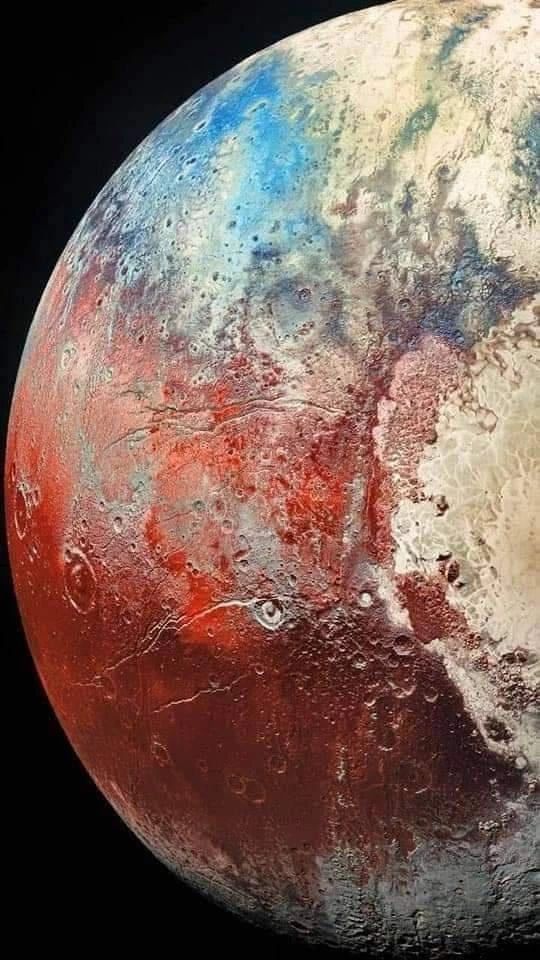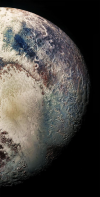Dragongal
Miss Medic
Horseshoes and Ion Grenades Lore
The year is 3487. Humans have colonized almost every planet in the solar system, to varying degrees of success. Many of these colonies are just that: they have not grown independent or even necessarily stable yet. They were in the midst of a Great Expansion and as these colonies are further from Earth and the established reach of the System, the more prone they become to attacks from outlaws and problems with supply chains. The System is a very generous government however the further you are from Earth, the further you are from safety.
The System
An international coalition formed in 2600 to manage space exploration. The have become the unanimously governing body of humanity and are run by democratically elected officials in the lifestyle and legal positions and experience-based elections for specific seats (I.e. military, agriculture, health, colonization). Society as a whole relies largely on science for its decisions about what and where things are built. Too many colonization attempts that were motivated by privatized greed and not backed by enough science led to too many deaths. As such there is no colony that does not have approval from System scientists that make sure it is at the very least safe enough. Money cannot buy these officials over.The year is 3487. Humans have colonized almost every planet in the solar system, to varying degrees of success. Many of these colonies are just that: they have not grown independent or even necessarily stable yet. They were in the midst of a Great Expansion and as these colonies are further from Earth and the established reach of the System, the more prone they become to attacks from outlaws and problems with supply chains. The System is a very generous government however the further you are from Earth, the further you are from safety.
The System
This is not a dystopia. The System genuinely does its best by its people: Healthcare and education is 100% free. At least a small amount of food is free - it won't leave you satisfied, but you will not (usually) starve. HOWEVER: On planets other than Earth or the Moon, resources can get scarce and the System physically cannot make sure that the resources needed will be available in a timely manner. The further you get from Earth and from larger colonies the more this is true. In some places, it is genuinely a “you’re on your own” situation because the System cannot stop people from exploring, but it cannot be responsible for their safety past certain points. Here is where starvation is, indeed, possible.
Terraforming
Currently, terraforming takes the form of thick, clear, flexible carbon fiber bubbles that are often self-repairing. These are spread over sections of buildings where possible, occasionally even covering a whole town or city on the solid and well-established planets. Stand-alone buildings are usually air locked and this is common on the moons of the gas planets where the mining towns are only recently established and money hasn’t been put into infrastructure yet.These bubbles are extremely durable and failure of them is incredibly rare - if they were to fail though, it’s most likely going to be the maintenance pumps that fail, not the bubble itself; this would allow plenty of time for evacuation and/or replacement of the pumps. These bubbles are not only available to the System but to major companies, and smaller companies that can afford a higher maintenance cost as a failed bubble will push almost any company into bankruptcy as they must pay for every cubic oz of lost atmosphere as well as for every life lost including plants and animals.
Last edited:



